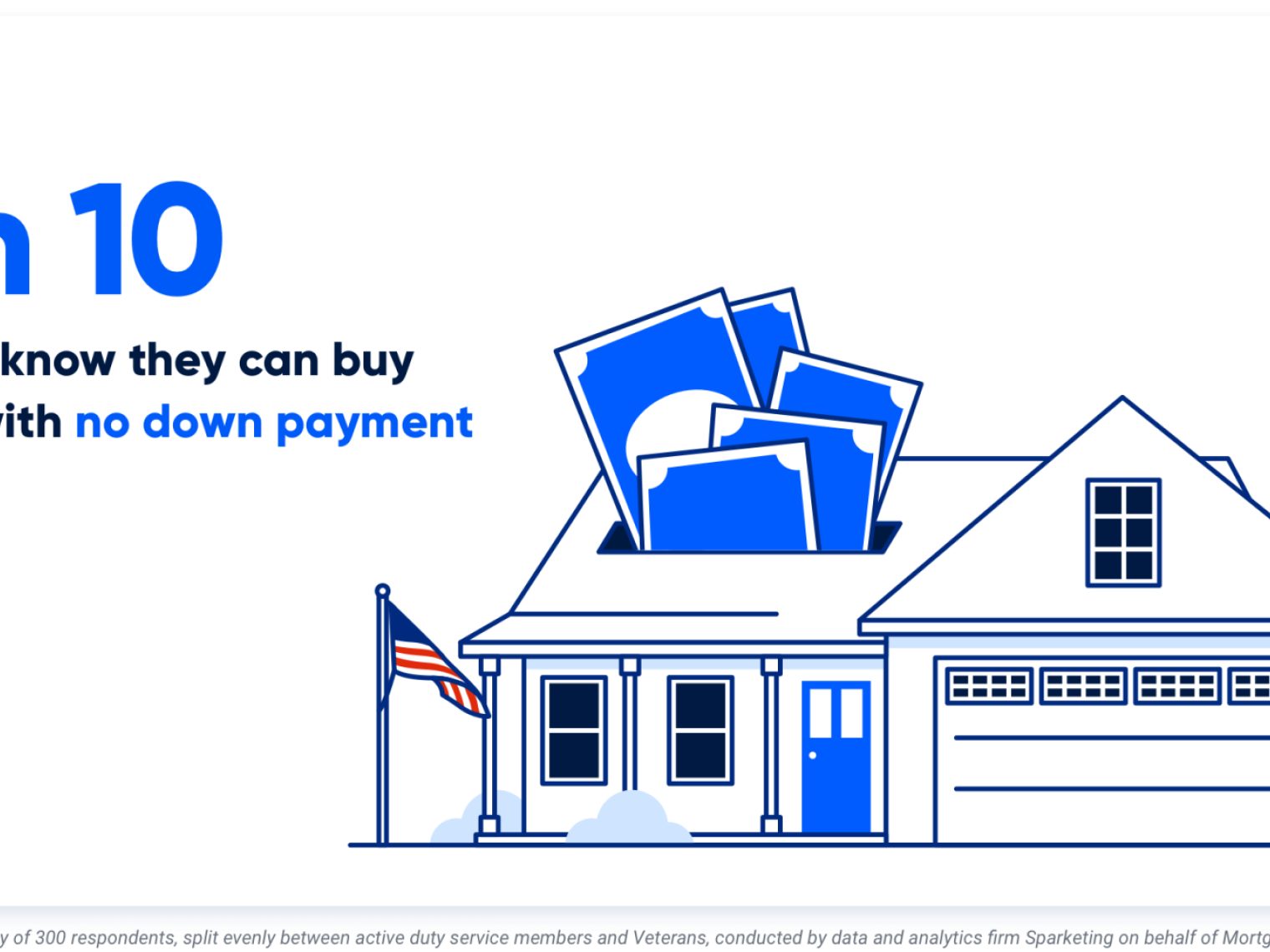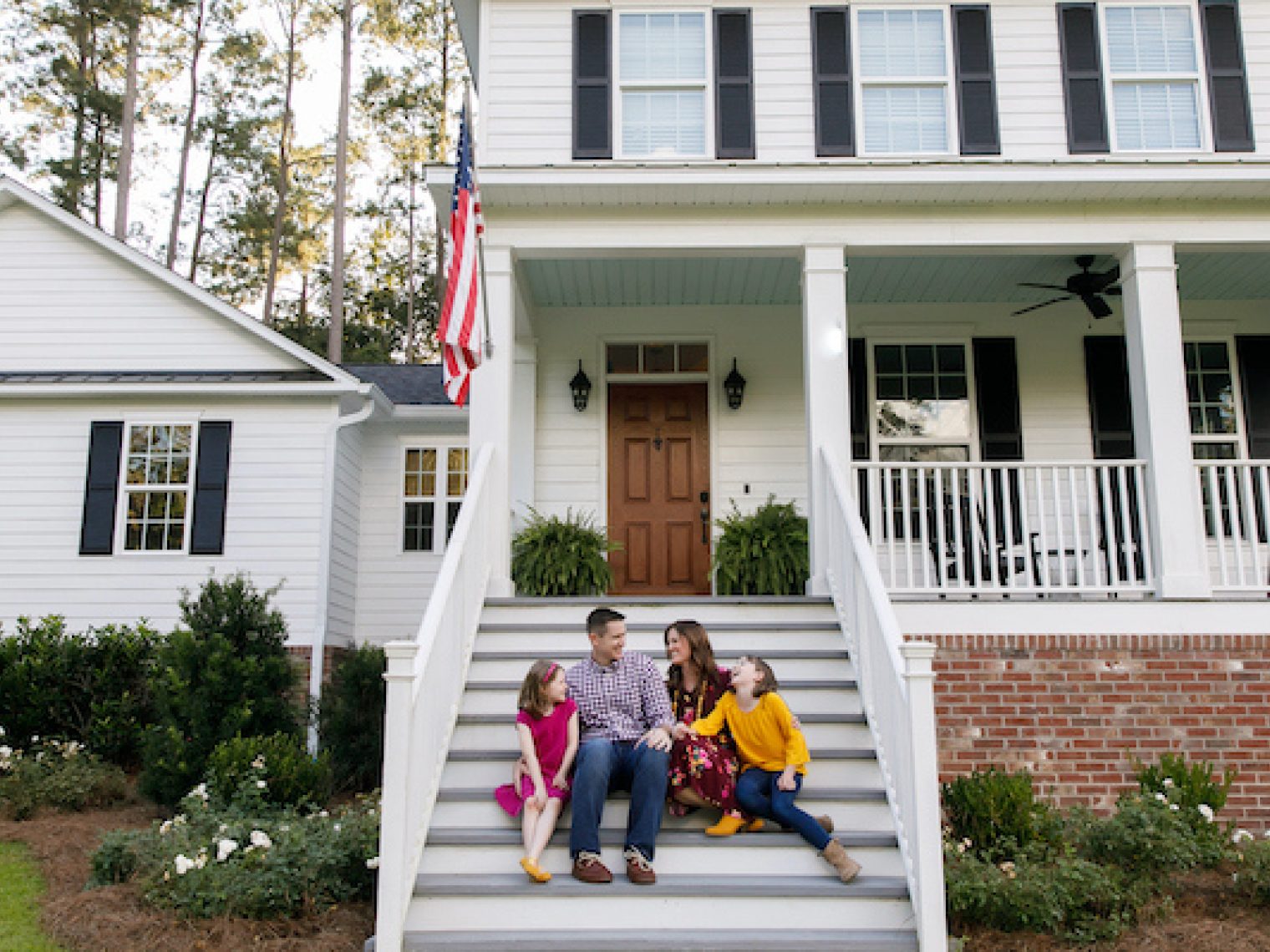It was good while it lasted, suburbia.
After a more than 90-year rule, suburban life has been pushed off its throne by a preference for city living. For the first time since 1920, most large American city centers are growing faster than their suburban counterparts.
U.S. census data shows in 33 of the nation’s 51 largest cities, city centers grew faster than suburbs in 2011. Overall, the population of city centers (in U.S. cities of over 1 million) grew by 1.1 percent in 2011, while the surrounding suburbs grew by only 0.9 percent.
So why has this decades-old trend suddenly reversed course?
Reason 1: Deindustrialization of central cities
Large-scale factories began moving out of American city centers in the latter half of the20th century, says Alan Ehrenhalt, author of “The Great Inversion and the Future of the American City”, in a New Republic article. As manufacturers left American downtowns, many of the related problems also left the area.
“Manhattan may seem like a loud and gritty place now, but it is nothing like the city of tenement manufacturing, rumbling elevated trains, and horses and coal dust in the streets that confronted inhabitants in the early 1900s,” Ehrenhalt points out.
The absence of tenement housing and factory grime has inspired the revitalization of many downtown areas. As environmental and safety conditions have steadily improved, the demand for downtown offices and housing has also climbed.
Reason 2: High gas prices
High commute costs are a big incentive for many to live in city centers. People in large cities - like New York, San Francisco and Boston - could save big bucks (between $14,000 and $16,000 annually) by skipping a long commute. According to American Public Transportation Association people taking public transport will save, on average, $9,524 annually.
“Rising gas prices definitely will affect people’s decisions about where to buy and quite possibly even the decision whether or not to buy at all,” notes California real estate agent Patricia Kramer in a UTSanDiego.com article.
Reason 3: Changing values and preferences
Recent demographic changes noted by the U.S. Census Bureau may also driving Americans out of the suburbs. The allure of suburban life seems to be dwindling as the need for large family homes and yards declines.
- Living single:
The number of single Americans has nearly doubled. In 2014 50.2% of adult Americans were single, compared with 37.4% of single Americans in 1976. - Marrying later:
The median age at first marriage has never been higher for brides (26.5 years) and grooms (28.7) than in 2010. - Smaller families:
The average American family size was 2.58 people per household in 2010, which is down from 2.62 in 2000, 2.76 in 1980, and 3.67 in 1940.
Answer a few questions below to speak with a specialist about what your military service has earned you.
Is the Trend Temporary?
So will this trend stick? Opinions differ. Some analysts say as the housing market improves, “Generation Rent” will be lured away from downtown rentals and into suburban purchases.
“The real question is, will cities continue to hold their own when the suburban housing market picks up?” says William H. Frey, a Brookings Institution demographer in an AP article.
Others disagree, and predict that downtown living has a bright and permanent future. Yale University economist Robert J. Shiller theorizes America has turned a corner, and is headed straight for the city center.
“Suburban housing prices may not recover in our lifetime,” Shiller said. “The heyday of exurbs may well be behind us.”
Is Suburban Real Estate Dead?
Rest assured: The suburbs aren’t going anywhere. Most suburban areas are still growing, albeit at slower rates.
And don’t forget: The suburbs are still the clear preference of those who buy homes. A 2014 study by National Association of Realtors found that 50% of homes purchased by buyers were in a suburb, 20% were in a small town, 16% were in an urban area and 11% were in a rural area.
Those who buy will likely still turn to the good schools, large yards, and plentiful housing stock of the suburbs. As rents continue to climb and the economy rebounds, the lure of suburban homeownership will probably strengthen once again.
But suburbia has questions to answer, and improvements to make. High energy costs and a desire for "walkability" aren't likely to fade. To capitalize on a new generation of home buyers, suburban planners need to provide better access to services and public transportation. Without good answers to these long-term problems, the glory days of suburban real estate may be over.
Related Posts
-
 VA Loan Down Payment RequirementsVA loans have no down payment requirements as long as the Veteran has full entitlement, but only 3-in-10 Veterans know they can buy a home loan with zero down payment. Here’s what Veterans need to know about VA loan down payment requirements.
VA Loan Down Payment RequirementsVA loans have no down payment requirements as long as the Veteran has full entitlement, but only 3-in-10 Veterans know they can buy a home loan with zero down payment. Here’s what Veterans need to know about VA loan down payment requirements. -
 5 Most Common VA Loan Myths BustedVA loan myths confuse and deter many VA loan borrowers. Here we debunk 5 of the most common VA loan myths so that you can borrow with confidence.
5 Most Common VA Loan Myths BustedVA loan myths confuse and deter many VA loan borrowers. Here we debunk 5 of the most common VA loan myths so that you can borrow with confidence.


